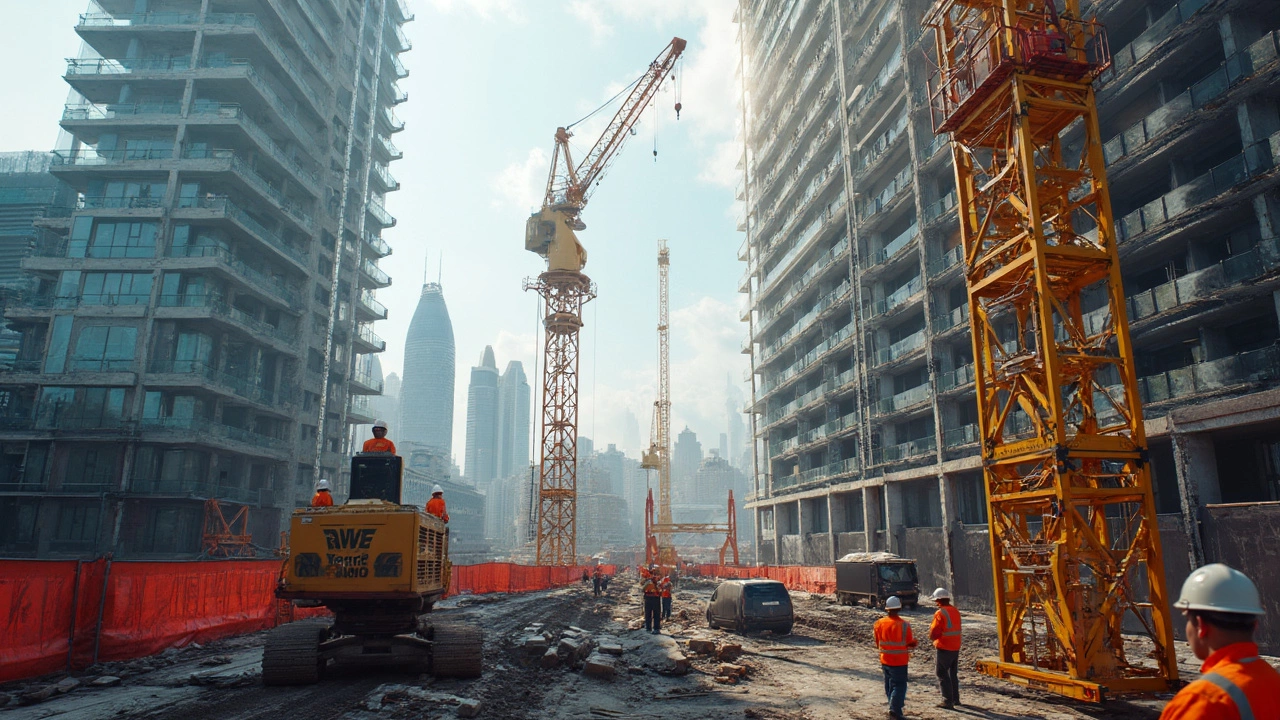Insurance Coverage Basics for Flooring Projects
If you’re planning new floors or a remodel, you probably think about style, cost, and installers. Few people pause to ask: what insurance do I need? The right coverage protects you if something goes wrong, from accidental damage to a contractor’s mistake. It also keeps your wallet safe when a claim is filed after the work is done.
Most homeowners already have a standard building insurance policy. That policy usually covers the structure of your house, including walls, roof, and permanent fixtures. However, flooring can be a grey area. Some insurers treat new floors as a permanent improvement, while others see them as a temporary fit‑out that isn’t covered until it’s completed and inspected.
What Does Insurance Actually Cover?
In simple terms, insurance can cover three main things during a flooring job:
- Accidental damage: If a delivery truck drops a pallet of hardwood, the policy can pay for replacement.
- Faulty workmanship: When a contractor installs tiles incorrectly and they crack, a policy with contractor’s liability can cover the repair cost.
- Theft or loss: If materials are stolen from your site, a contents add‑on can reimburse you.
Keep an eye on exclusions. Many policies won’t cover damage caused by poor preparation, water leaks from plumbing that wasn’t part of the floor job, or normal wear and tear. Reading the fine print before you sign avoids surprises later.
How to Choose the Right Policy for Floor Installations
Start by talking to your existing insurer. Ask whether your current building insurance includes new flooring as a “permanent improvement.” If it doesn’t, you can often add a short‑term endorsement that covers the work for the duration of the project.
Look for a policy that offers:
- Clear coverage dates: The policy should start the day the installer arrives and end when the final inspection is signed off.
- Contractor liability: Some insurers require the contractor to have their own public liability insurance. Verify that the certificate of insurance is current.
- Deductible options: A higher deductible lowers the premium, but make sure you can afford the out‑of‑pocket cost if you need to claim.
Don’t forget to document everything. Take photos of the floor before work begins, keep receipts for all materials, and store contracts in a safe place. If a claim arises, this evidence speeds up the process and reduces disputes.
When you get quotes from flooring companies, ask them to include a clause that they will cooperate with any insurance claim. Reputable installers are used to working with insurers and will help you fill out the claim forms correctly.
Finally, review the policy after the job is complete. Some insurers will automatically close the coverage, but you may want to keep a copy of the final claim settlement for future reference, especially if you plan another renovation later.
In short, insurance isn’t a boring add‑on—it’s a safety net that lets you enjoy your new floors without stressing about financial loss. By understanding what’s covered, asking the right questions, and keeping good records, you can protect both your home and your budget.
Are Sagging Floors Covered by Insurance? What Homeowners Need to Know
- Gavin Whitaker
- |
- |
- 0
Wondering if your insurance will cover sagging floors? This article breaks down what policies usually include, what’s often excluded, and how insurers determine responsibility. Get clear info on the difference between sudden events and gradual problems, plus tips for handling claims if your floor starts to give way. Protect your home by understanding where you stand before trouble hits.
View moreCommercial Construction: What's Covered?
- Gavin Whitaker
- |
- |
- 0
Commercial construction projects are complex, involving many moving parts. Understanding what is covered under commercial insurance is crucial for construction projects to avoid facing unexpected risks and financial setbacks. This guide explores the essential elements of commercial construction coverage, explaining necessary insurance, common exclusions, and risk management tips.
View moreInsurance Coverage for Foundation and Structural Damage Explained
- Gavin Whitaker
- |
- |
- 0
This article explores whether insurance covers structural damage, focusing on foundation repair and related scenarios. It highlights typical insurance policies, common causes of structural issues, and how to assess coverage. Homeowners will learn the steps to take when filing claims and additional protection options. Practical tips and interesting facts are included to help navigate these challenges effectively.
View moreUnderstanding Why Home Insurance Doesn't Cover Foundation Repairs
- Gavin Whitaker
- |
- |
- 0
Many homeowners wonder why their home insurance policy doesn't cover foundation repairs. This article delves into the reasons behind this exclusion, emphasizing the structure and nature of foundations, the typical causes of foundation issues, and how preventive measures can make a difference. Home insurance policies often exclude foundations due to wear and tear or natural settling, which are considered maintenance issues rather than sudden accidents. This guide also offers tips on what homeowners can do to safeguard their home's foundation.
View more


